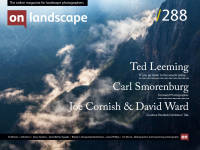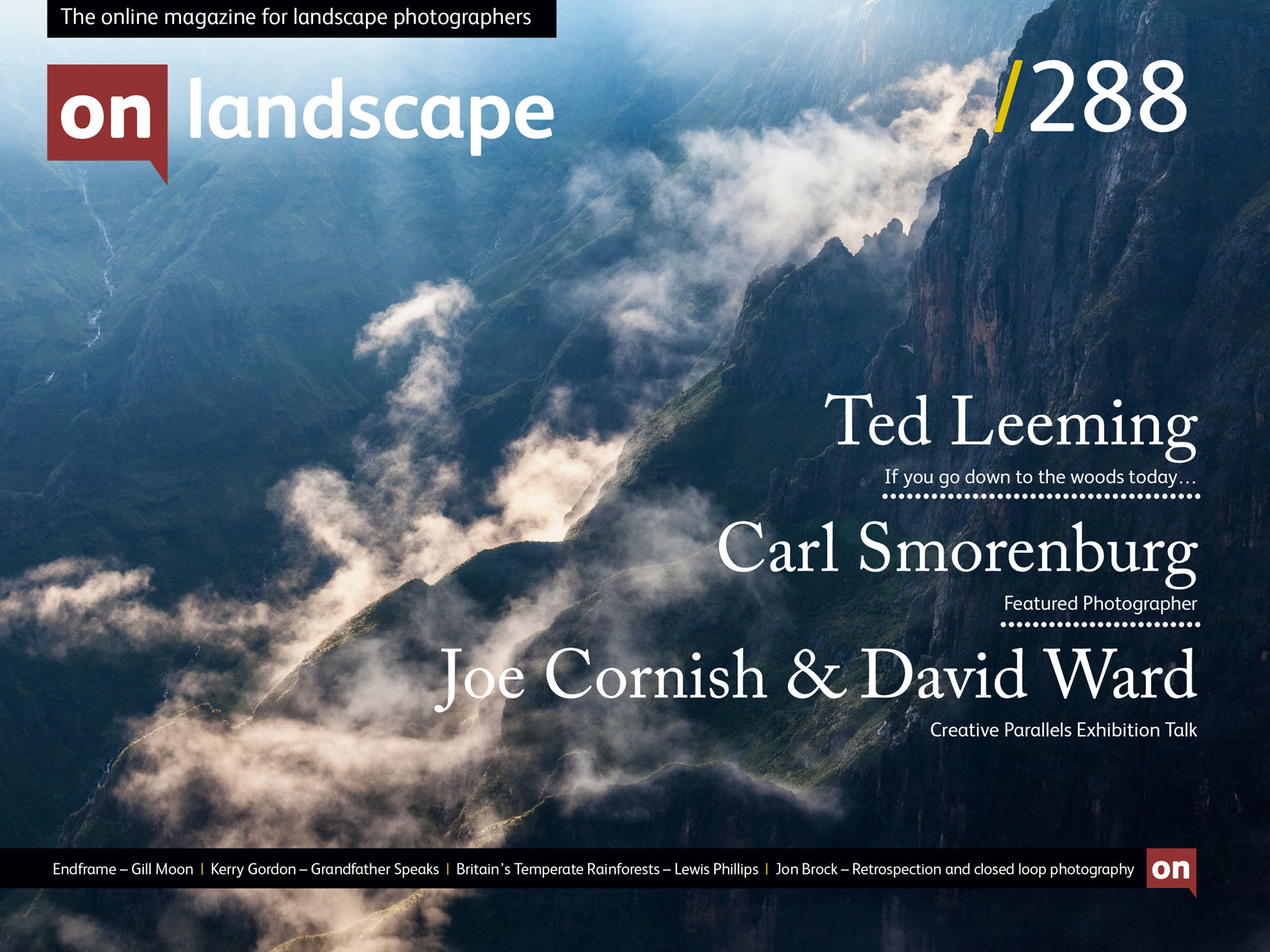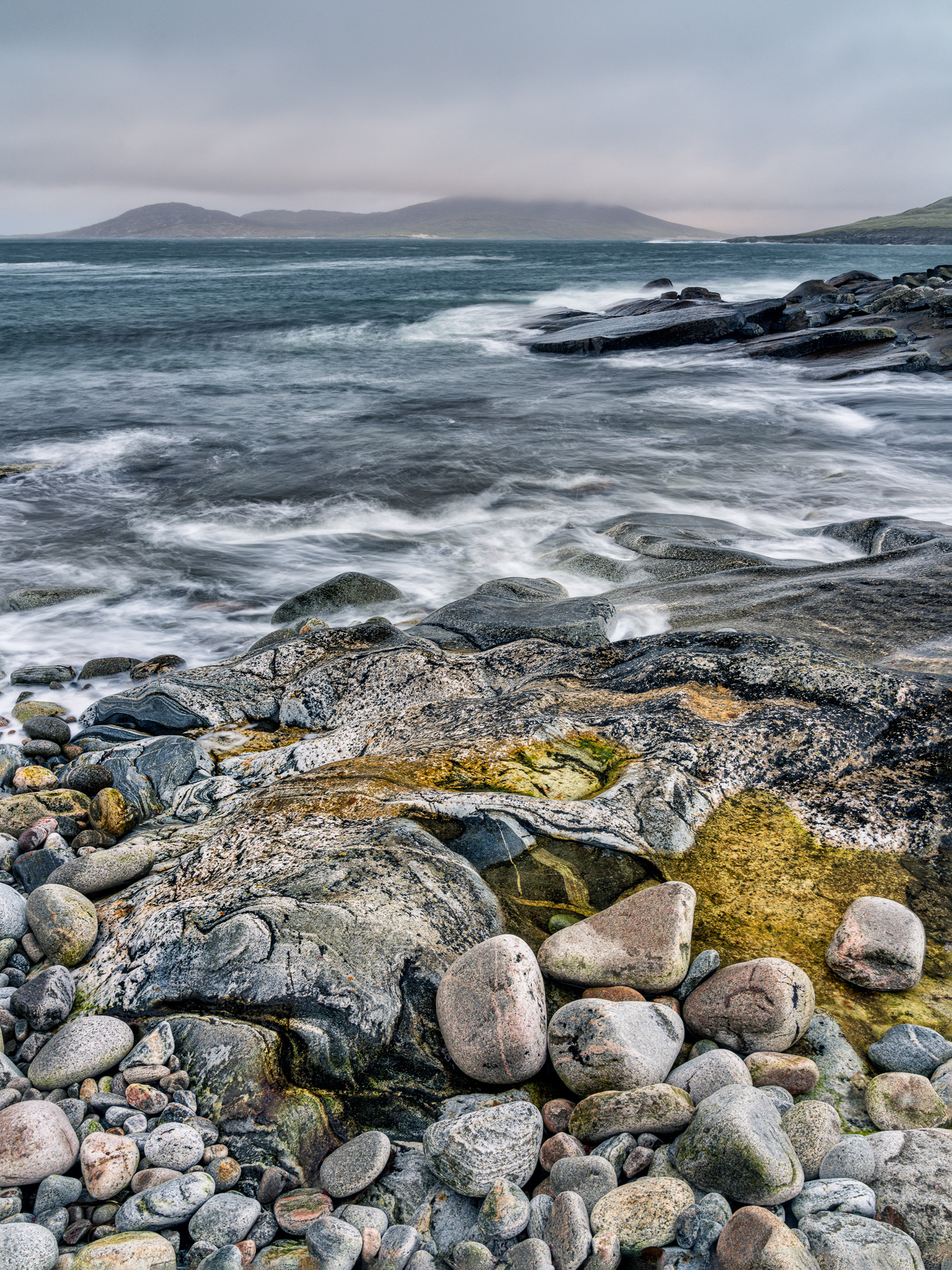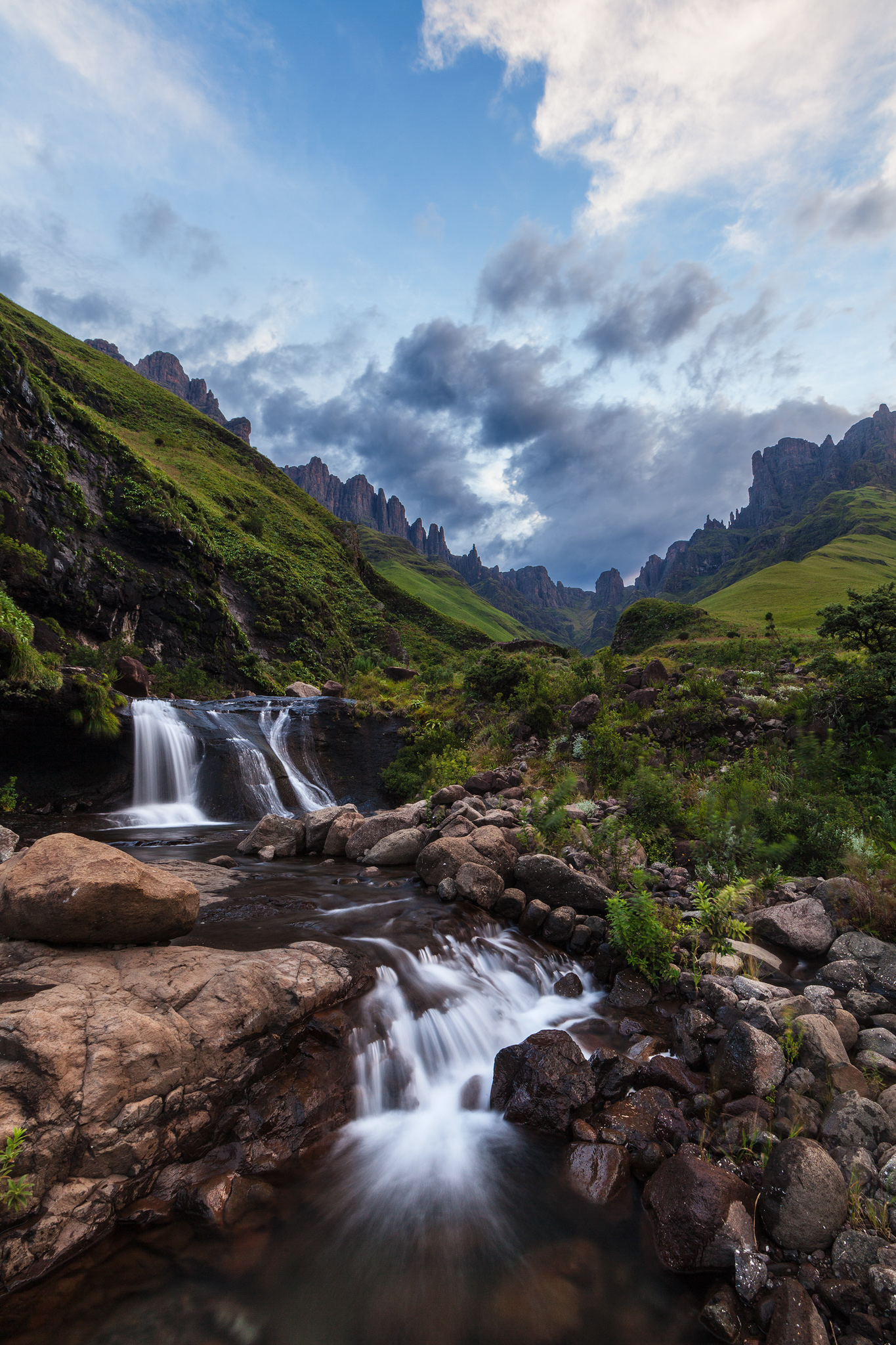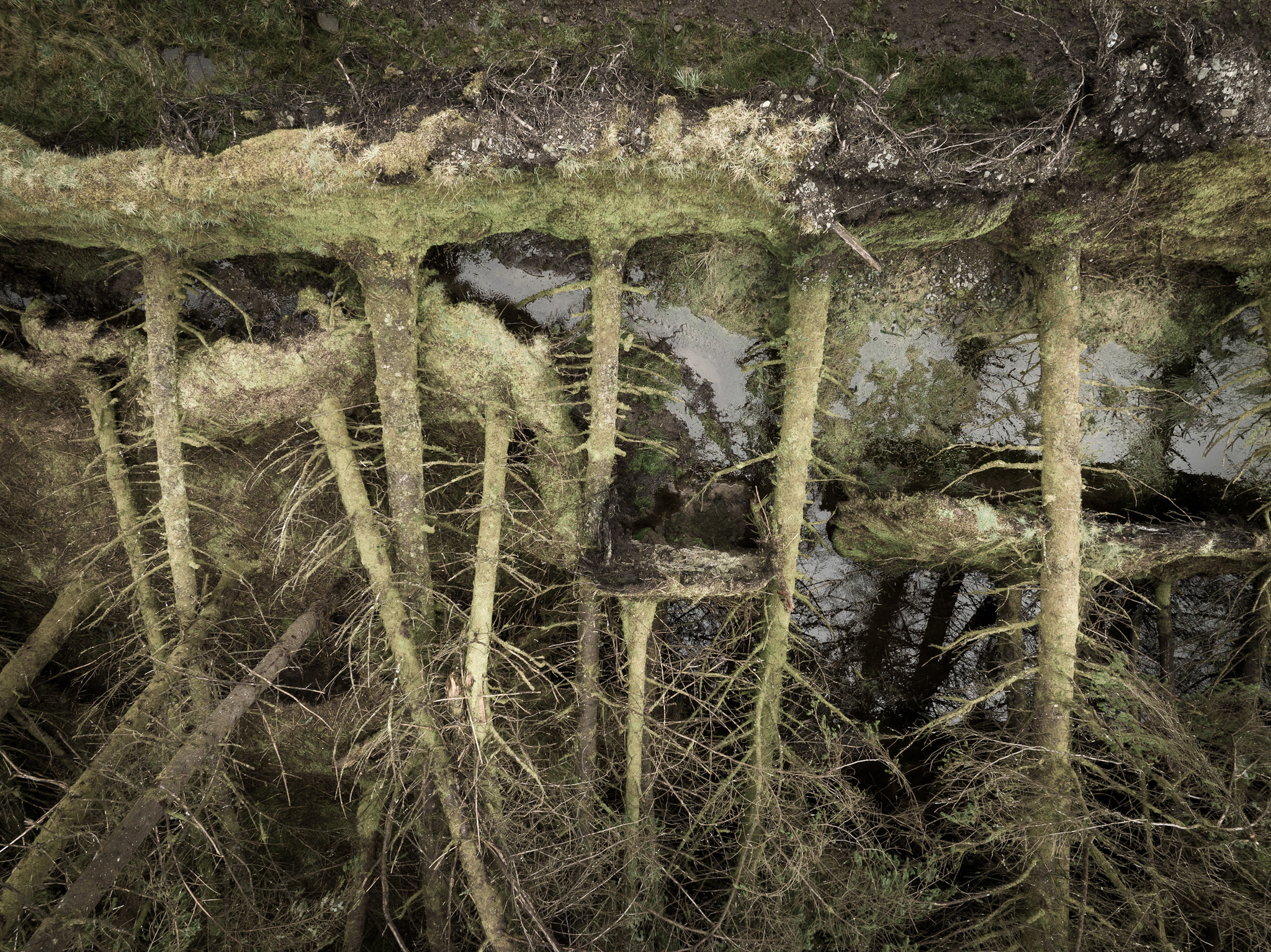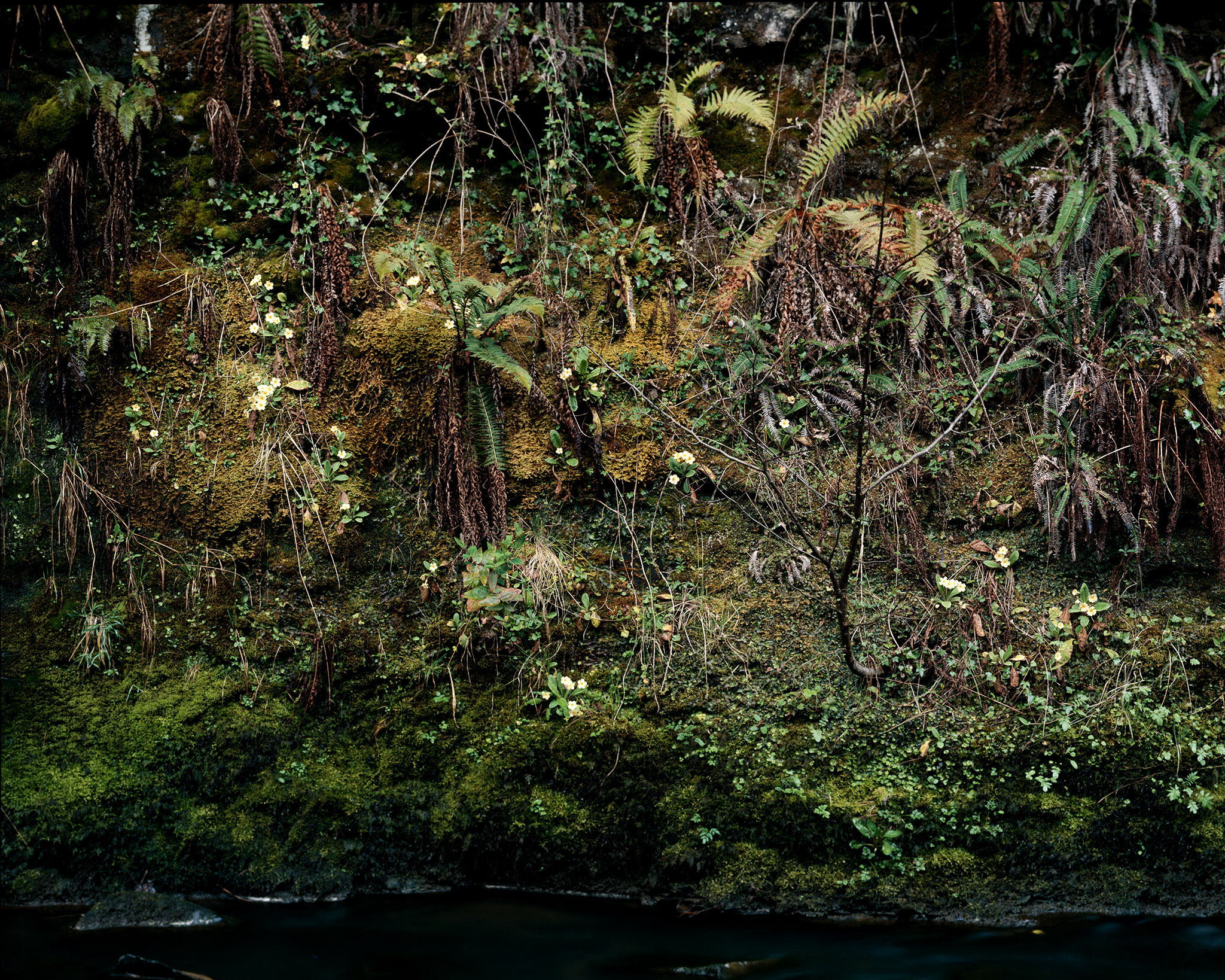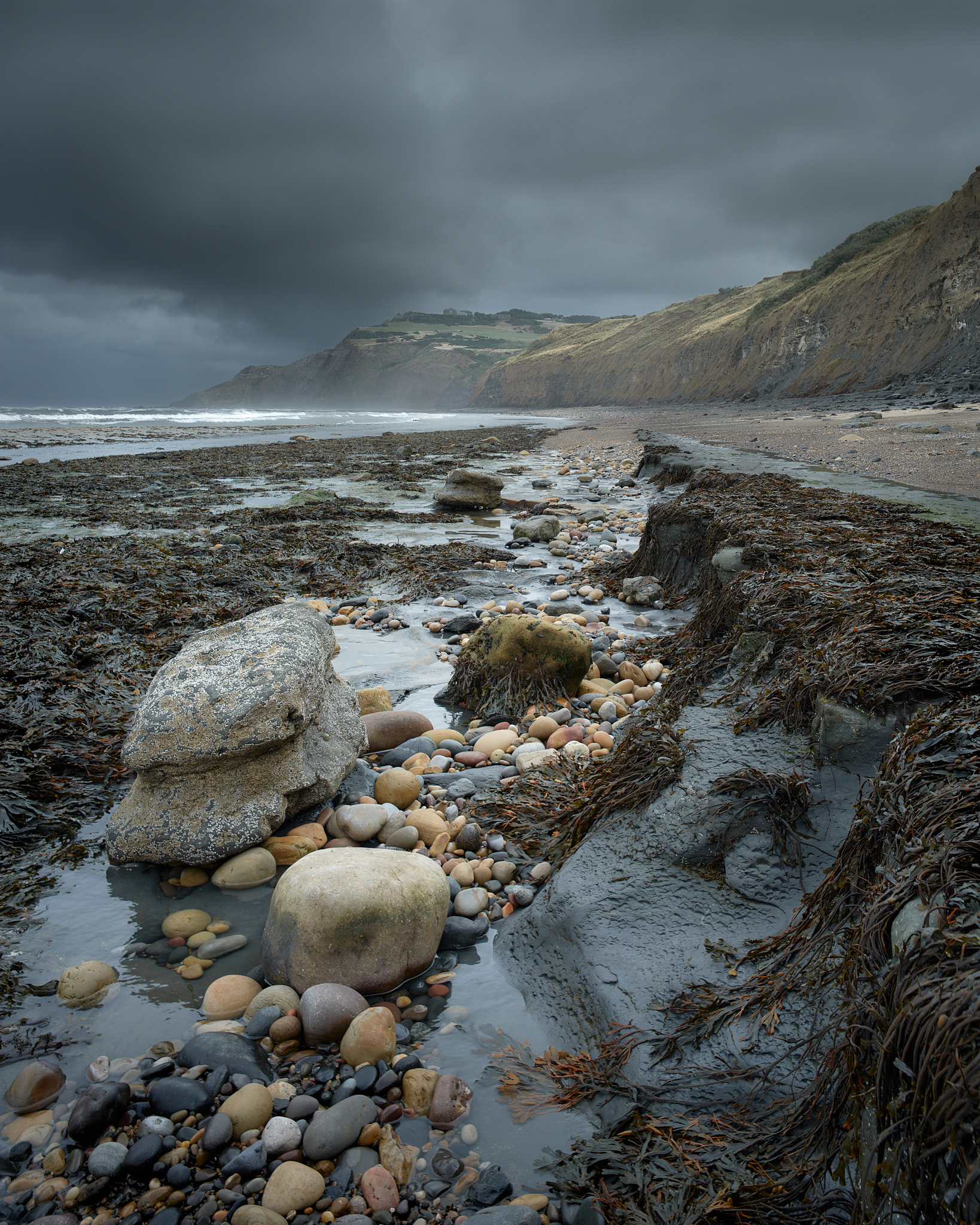sponsored by ..


Over the last couple of weeks, I’ve been involved in some in-depth conversations about colour, one talking about CMYK, printing and contract proofing and the other about film reproduction idiosyncrasies, metamerism and perception.
It reminded me that for all we live or die by colour, it’s a very complex topic that few people get fully to grips with. To be fair, most people don’t need an in-depth understanding of these idiosyncrasies, but it’s undoubtedly useful to have a helicopter view of some of the ‘gotchas’ that can arise.
One of the interesting things I thought about was the fact that most people using colour transparency film will rarely have seen it as the creators intended. When colour transparency film first came out, most people would have viewed the results on a handheld viewer via daylight or tungsten/quartz halogen bulb-based viewers or projectors. This worked well as daylight is the correct reference for colour, and quartz halogen bulbs have a nice flat colour spectrum.
However, slide-viewing tables quickly moved to fluorescent bulbs, as did most flatbed film scanners. Fluorescent bulbs look like daylight, so they should be fine, yes? Well, no. They use a ‘trick’ to create red, green and blue light that looks like daylight to the naked eye. However, film uses this same trick to create its range of hues (with three or four different dyes). The two ‘tricks’ can combine in funny ways to shift colours around, particularly magenta, which is excited by the red and blue components of your fluorescent bulb (this is caused by a form of metamerism).
Some of you will remember the magenta bias of Velvia 50, but when I scan Velvia 50 on my drum scanner, I don’t see it very much at all. It turns out that some of that magenta reputation is the interaction with fluorescent (or LED) lighting. (I’m in the process of making a lightbox myself out of quartz halogen bulbs so I can view film just like my drum scanner does.)
So - colour. Do I need to write more about it, and do you have any questions or subjects you’d like me to address in a future article?
Tim
p.s. You can read more about colour in my previous articles “An Introduction to Colour” and “The Myth of Universal Colour”
Tim Parkin

Issue 288
Click here to download issue 288 (high quality, 185Mb) Click here to download issue 288 (smaller download, 118Mb) more

End frame: Gneiss Boulders, Isle of Harris by Lizzie Shepherd
I love the transition zones, where the hardness of the rocky shore meets the soft texture of the breaking waves, followed by the colour transition of the blue sea into the soft grey of the distant mountains. more

Carl Smorenburg
The Drakensberg is a massive mountain range stretching some 1200km on the eastern side of South Africa. It’s not like a normal mountain rage where you go up one side and come down the other. more

If you go down to the woods today…
In a recent project, he adopted a picture essay approach for a piece exploring current forestry policy, practices and management in the UK & Scotland today, adding a commentary to a series of images to tell the story. more

Britain’s Temperate Rainforests
In the UK, it is also known as the Atlantic rain forest or Celtic rain forests; this is due to being located on the western side of the UK where Celtic heritage is renowned, and the Atlantic hits our coastline more

Grandfather Speaks
The world speaks if only I care to listen. Therefore, it is with great appreciation and an open heart that I offer my gratitude to the Original People, the spirit of the land, and all those who cherish it. more

Retrospection and the value of closed loop photography
It has been closing the loop again by learning to make the best physical artefacts I can manage and restoring the value from small group and individual retrospection sessions that have helped me to become much happier again with my photographic output. more

